Fever and Rash Marcellina Mian Professor of Pediatrics

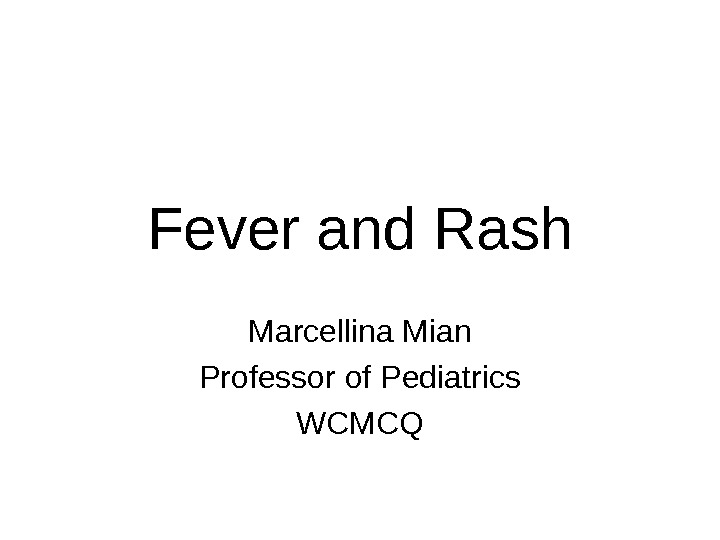
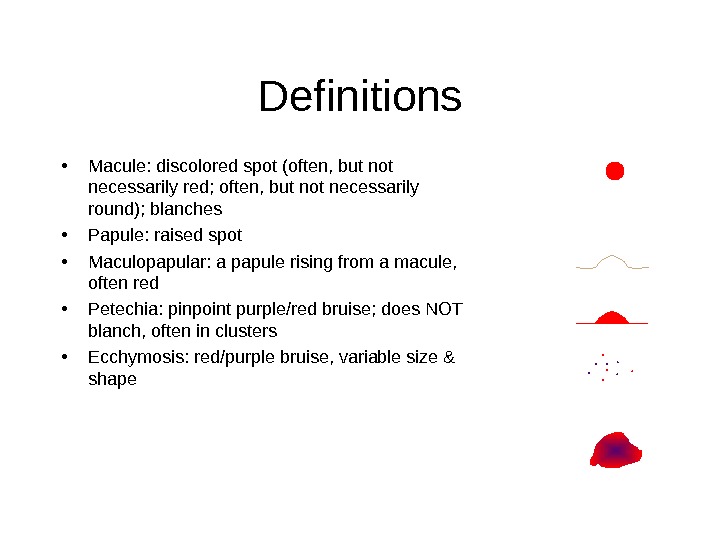
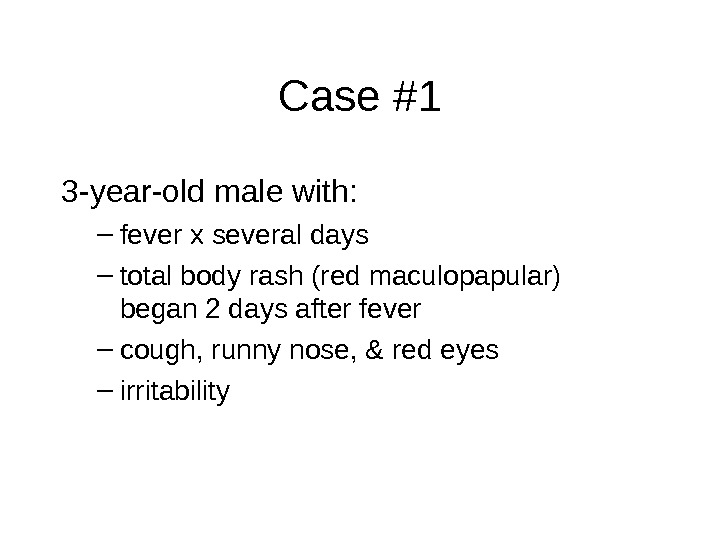
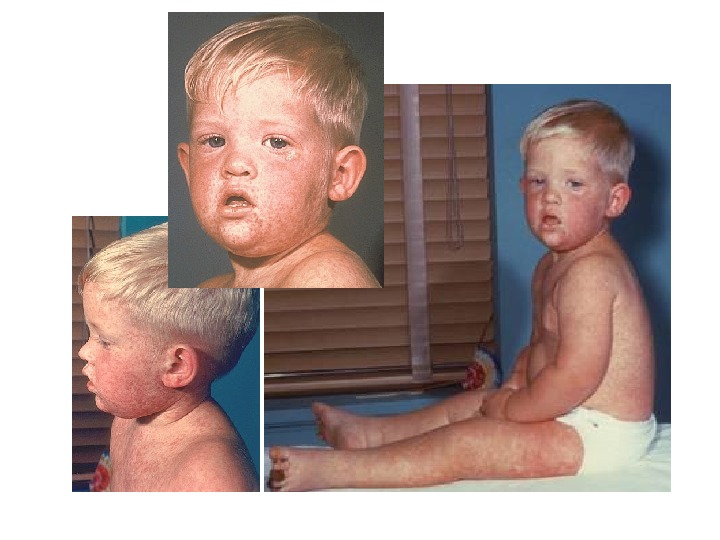
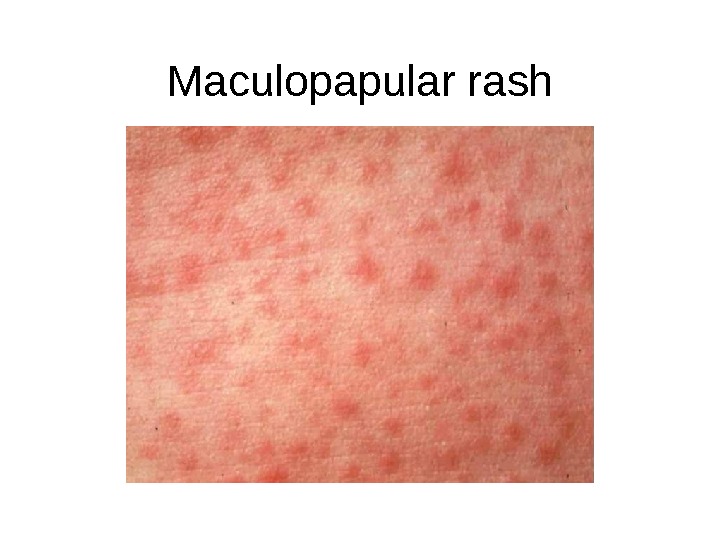
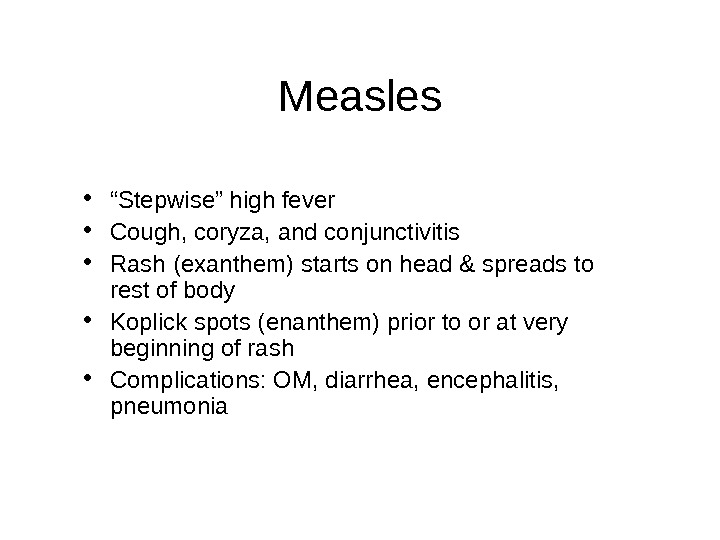
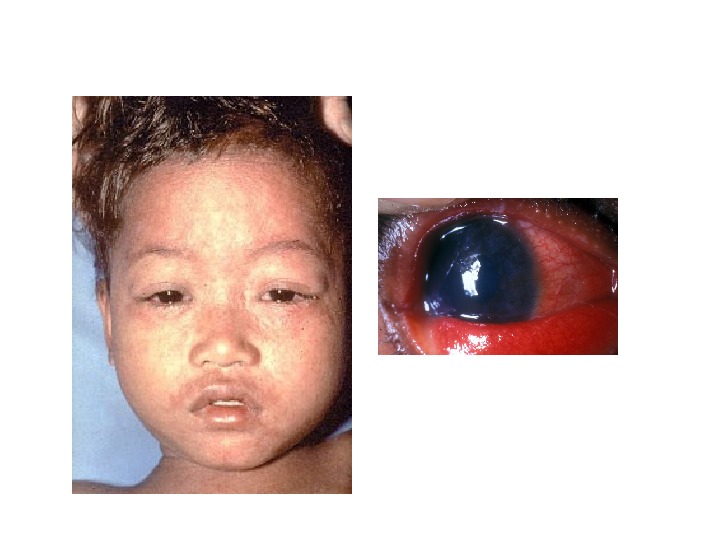
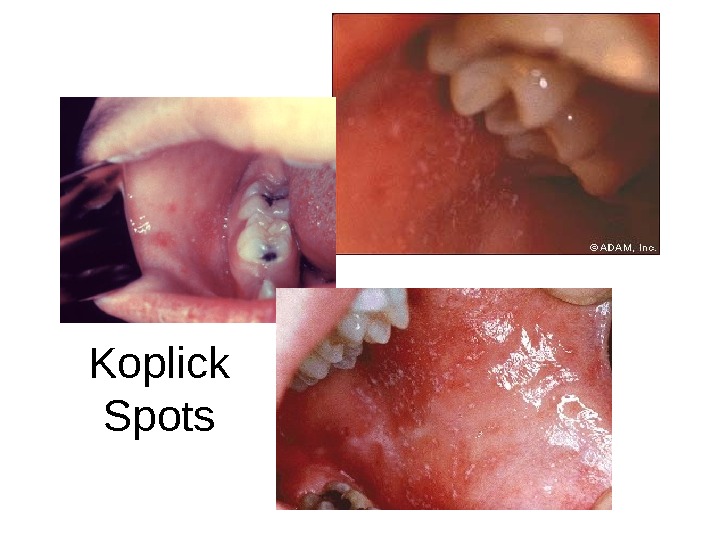
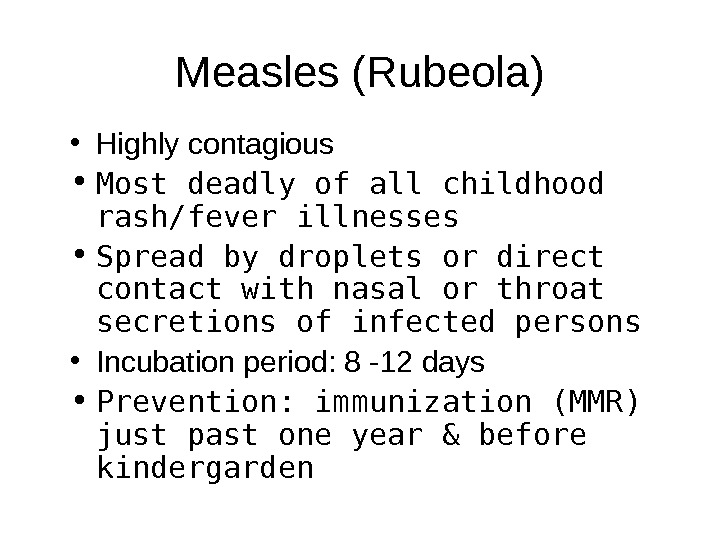
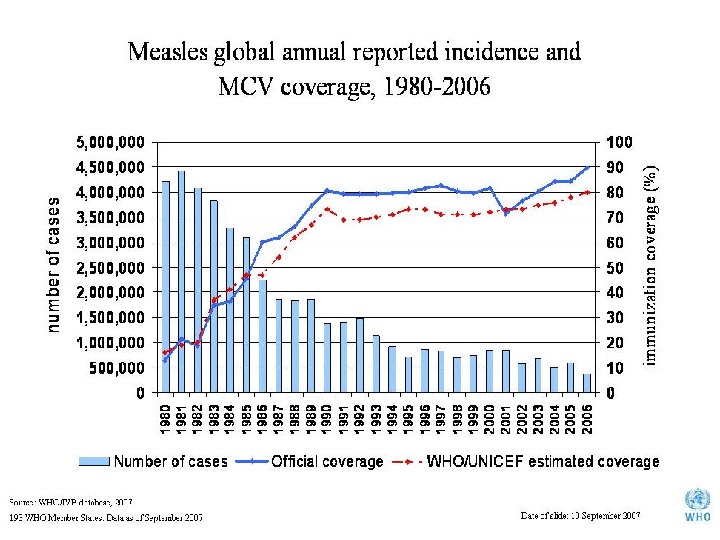
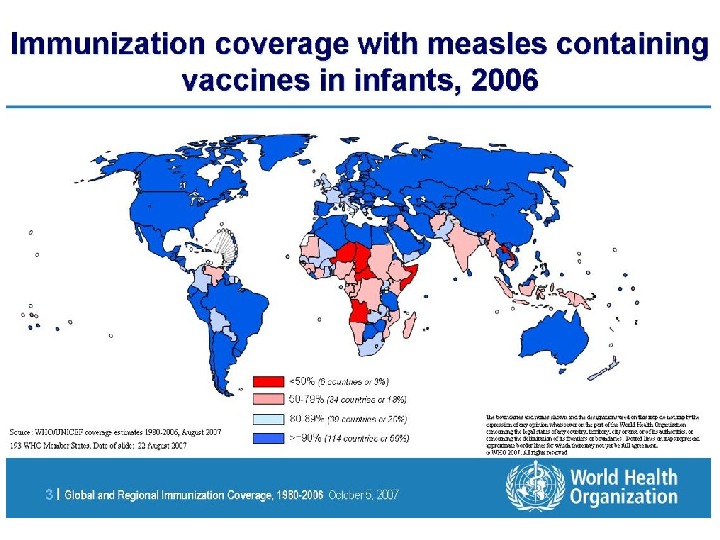
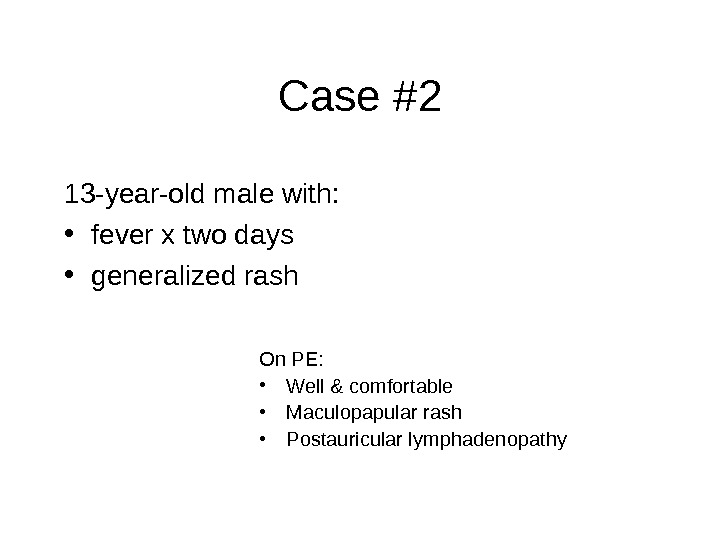

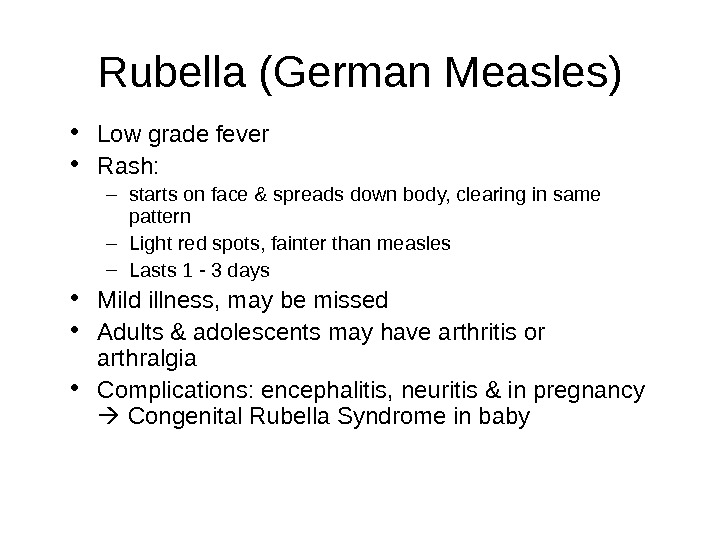
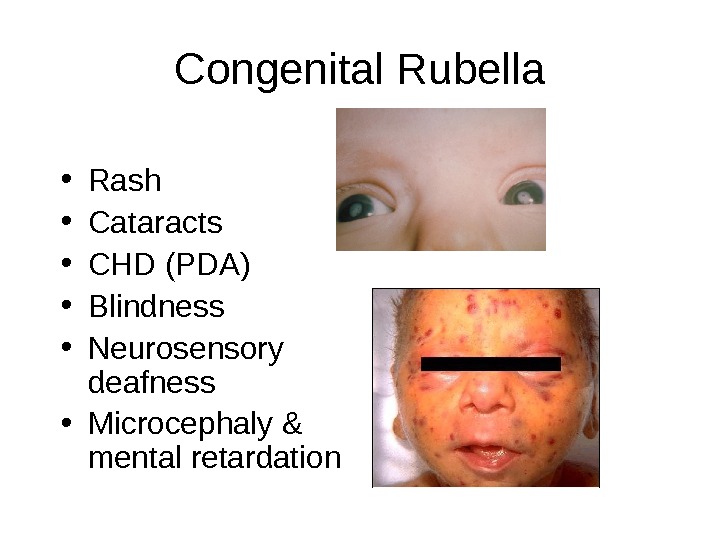
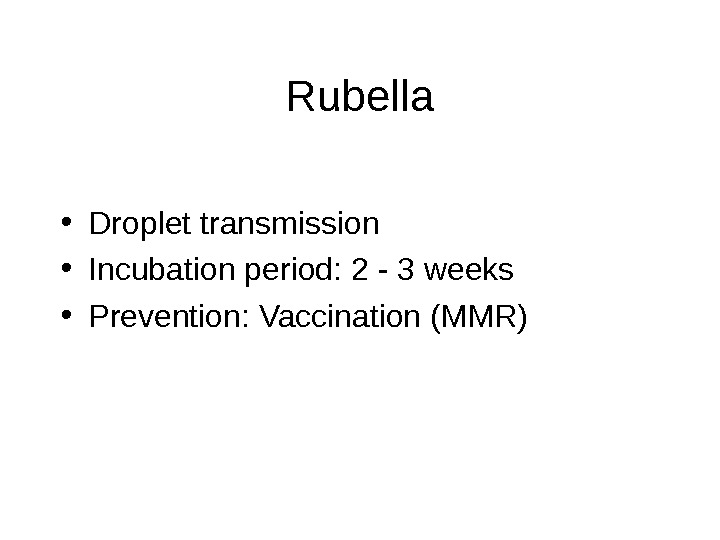
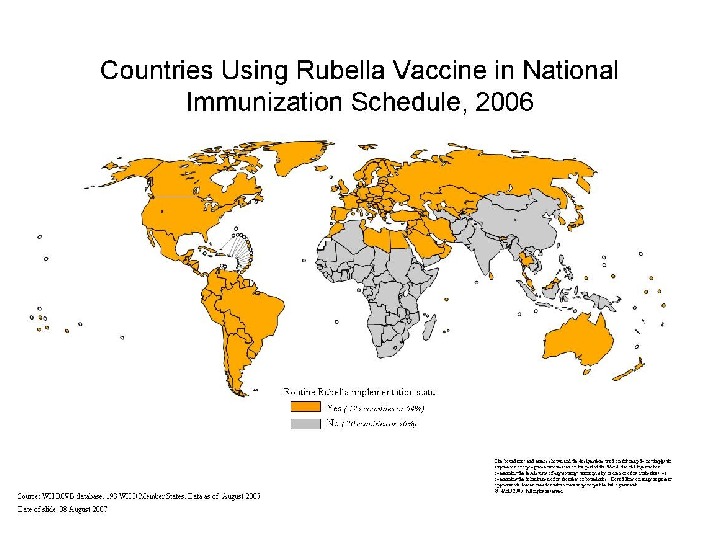
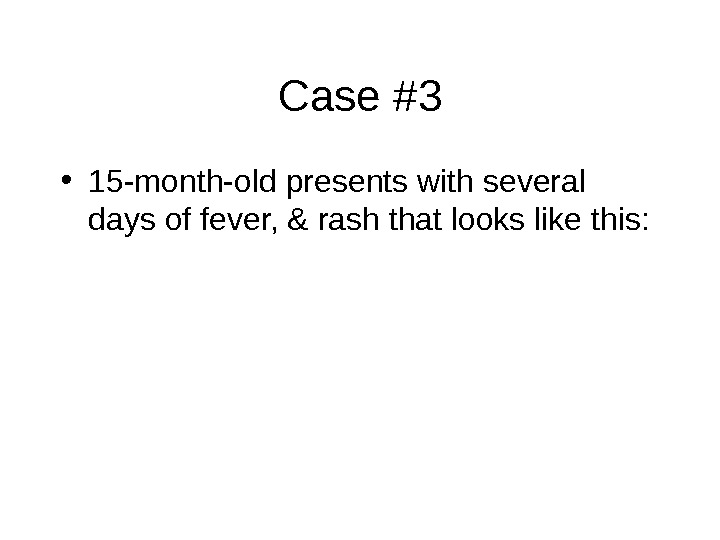

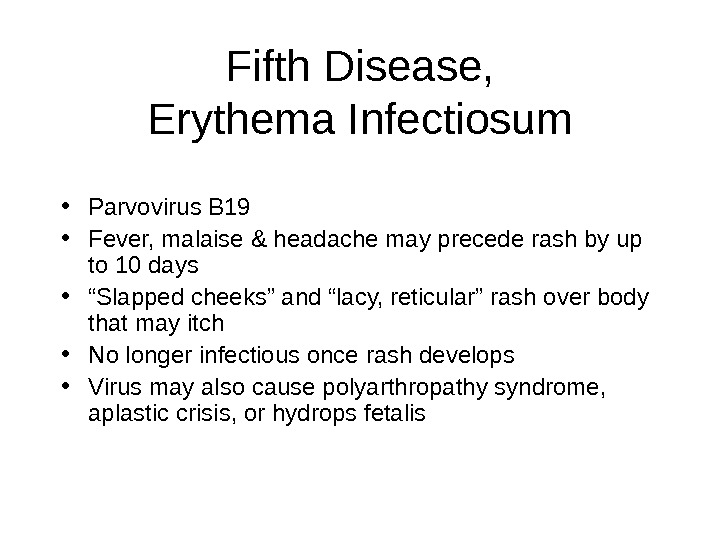

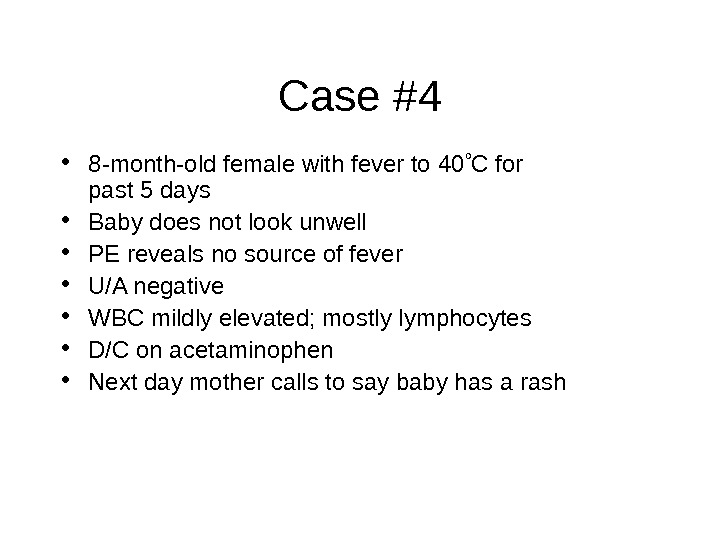

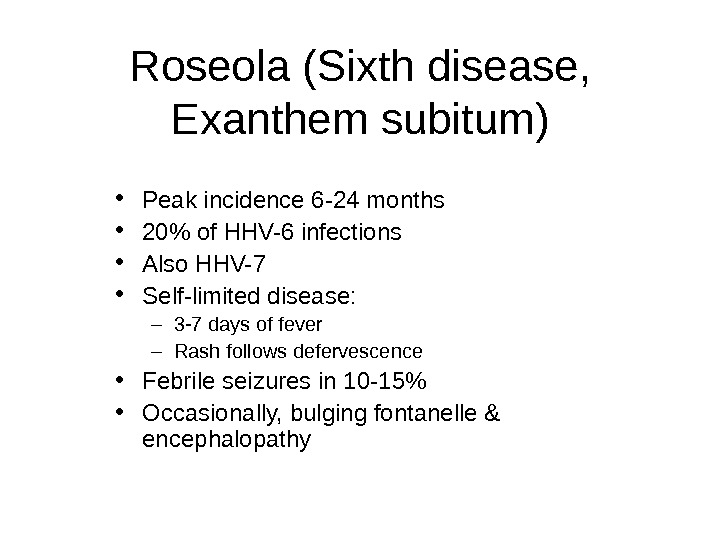
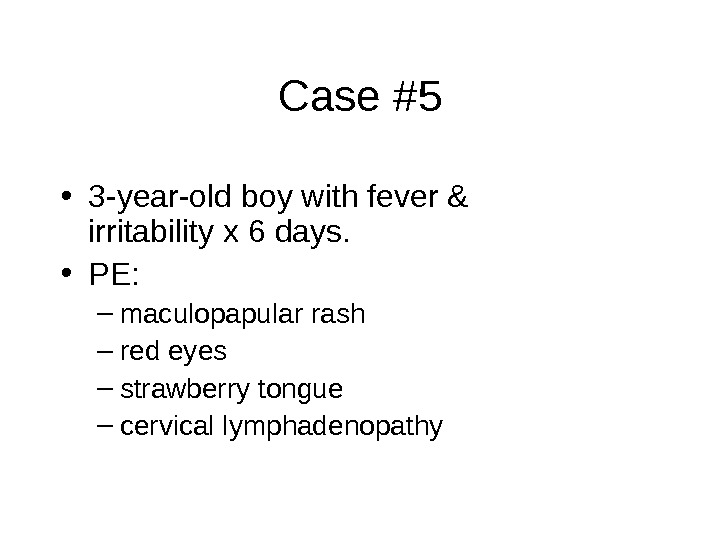


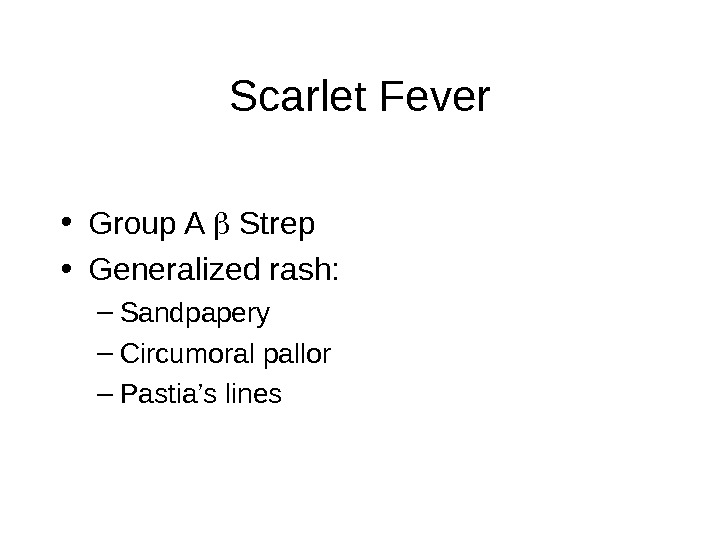
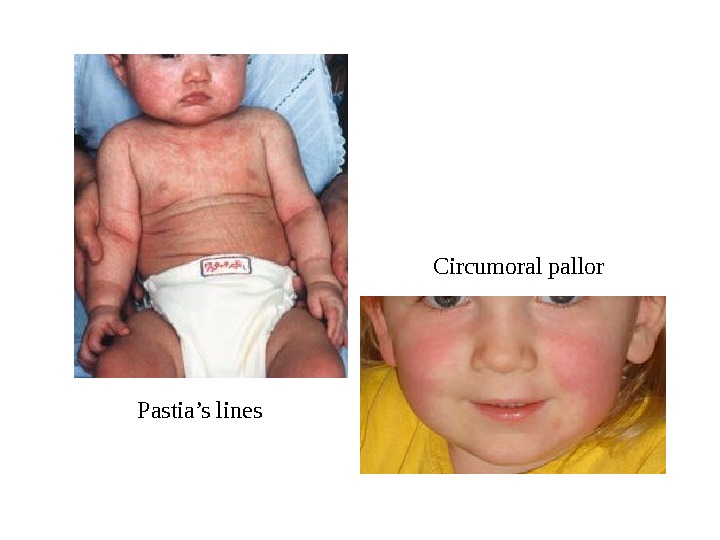
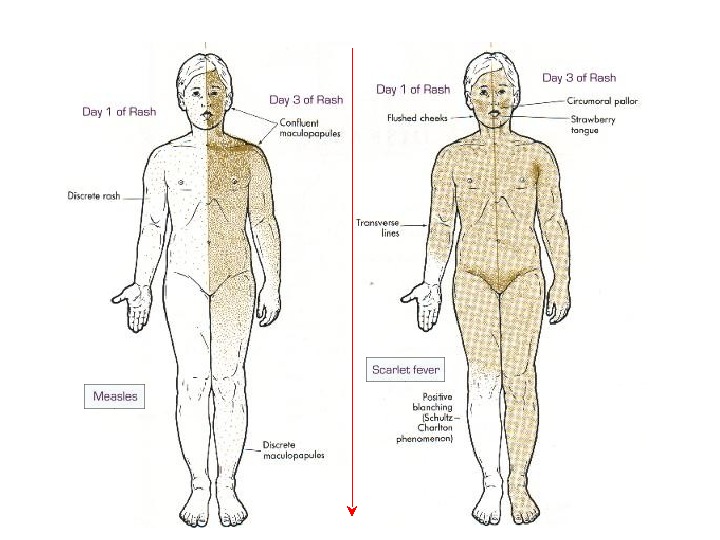
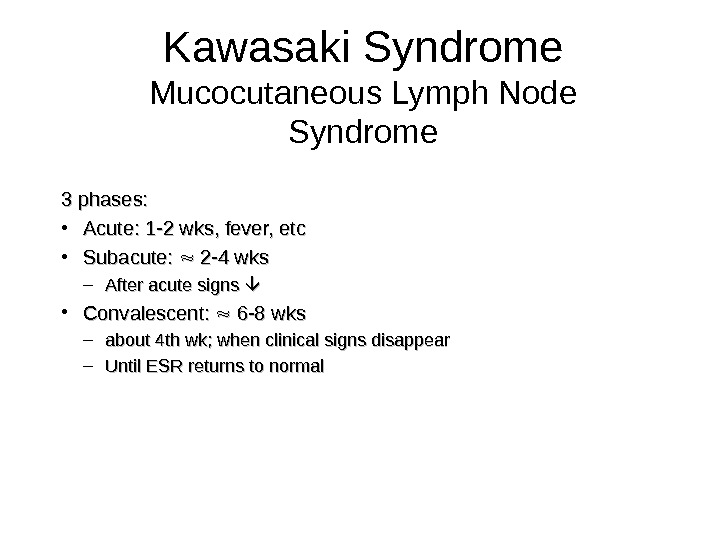
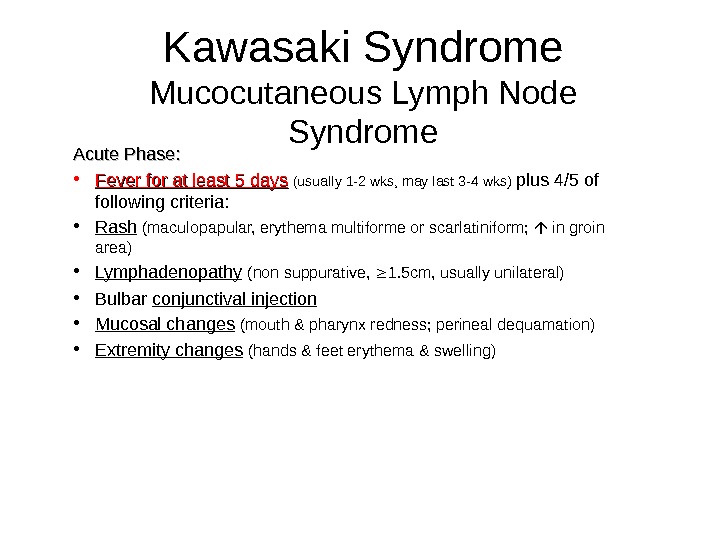
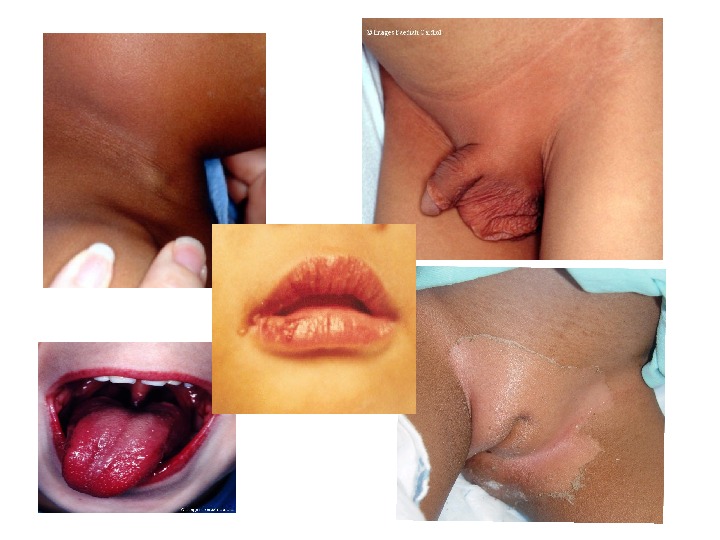
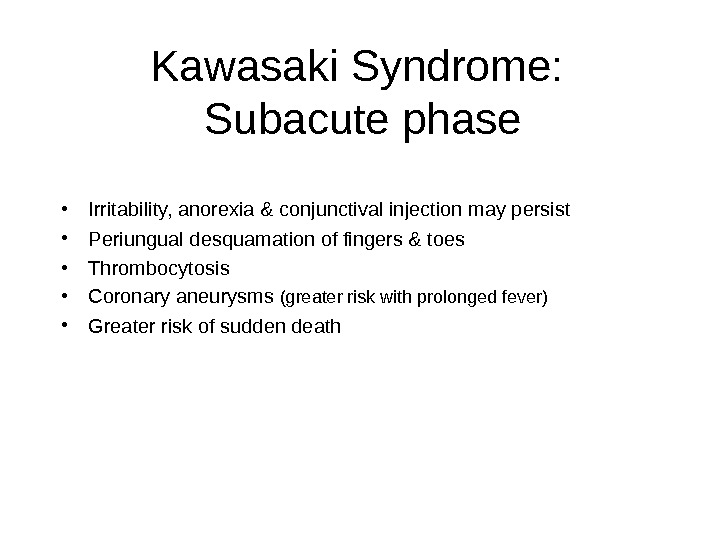
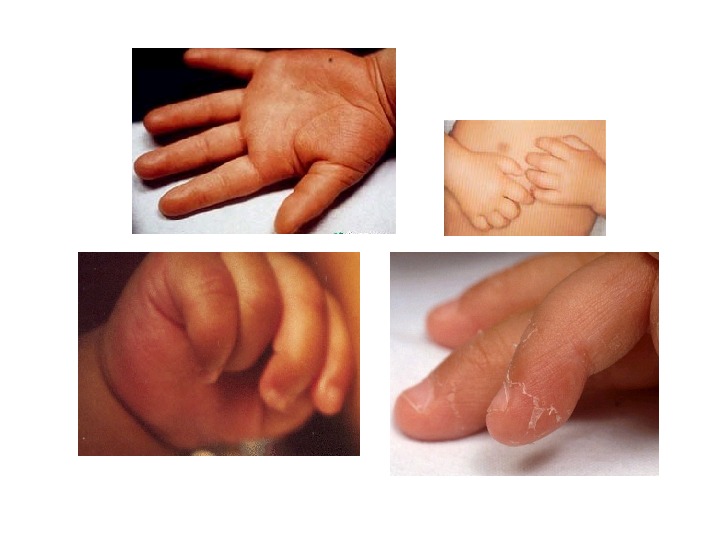
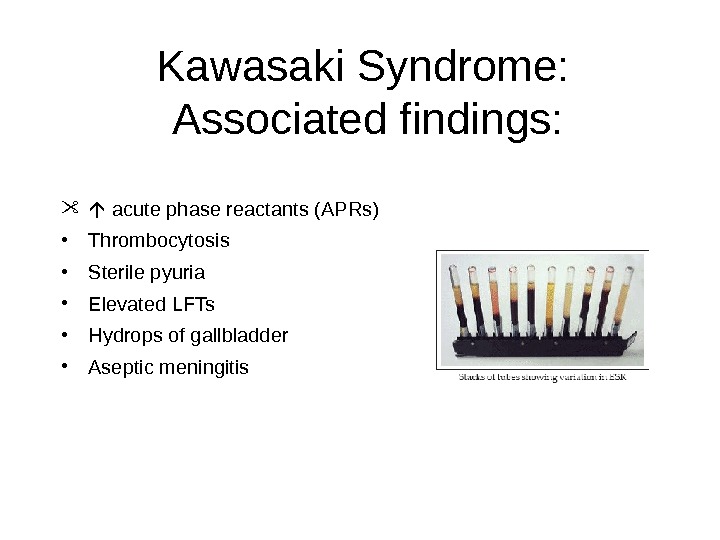
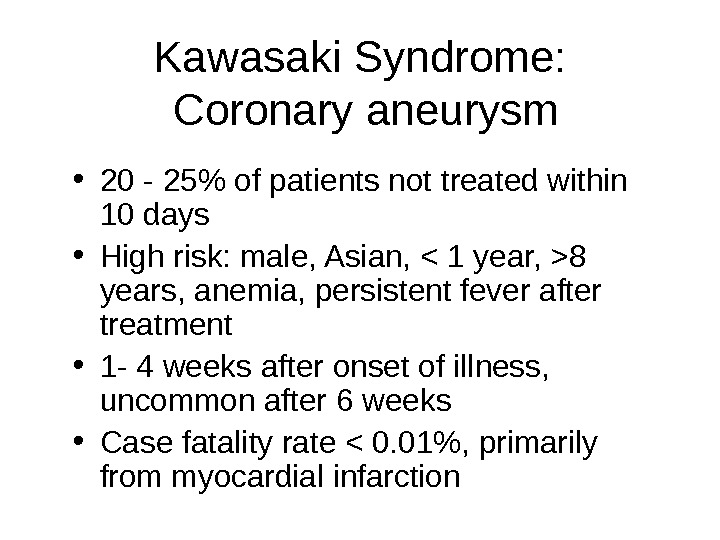
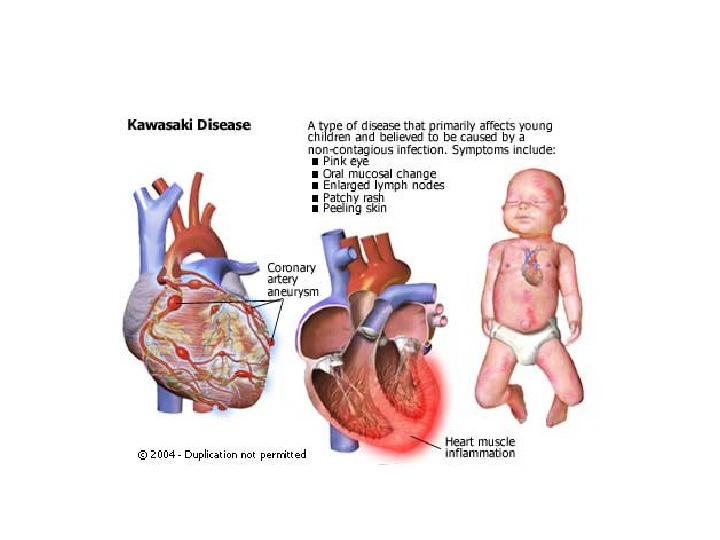
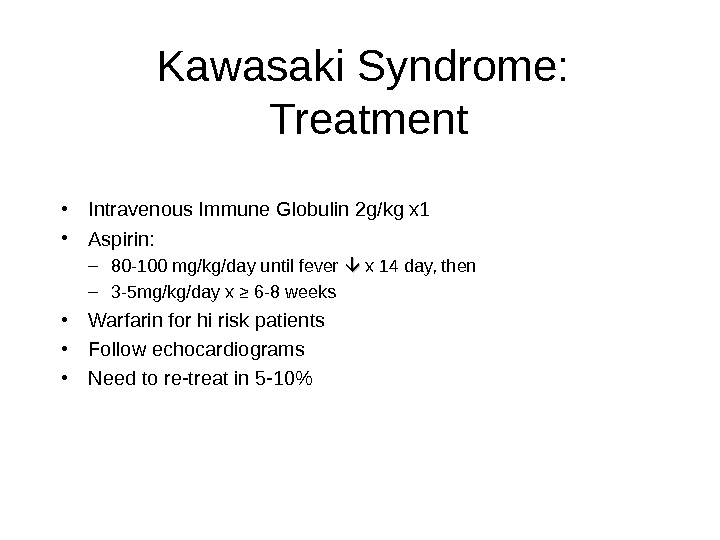
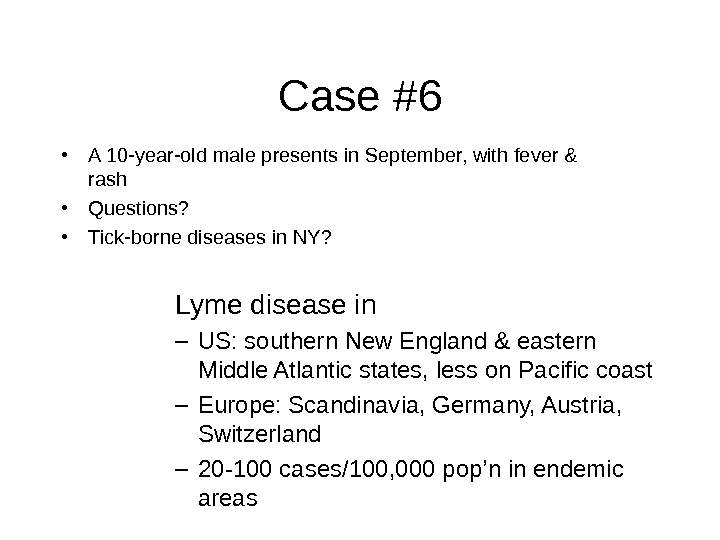
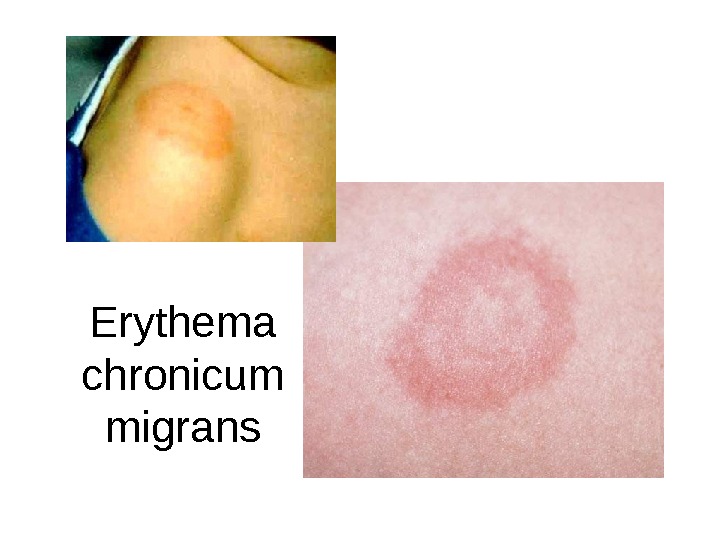
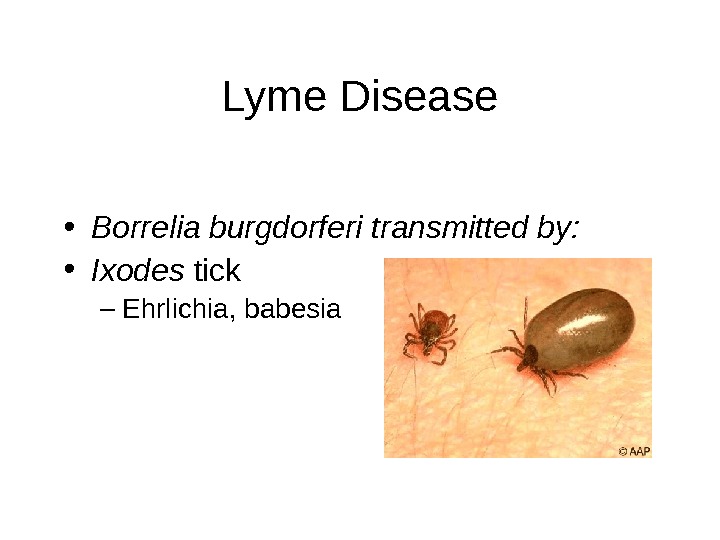
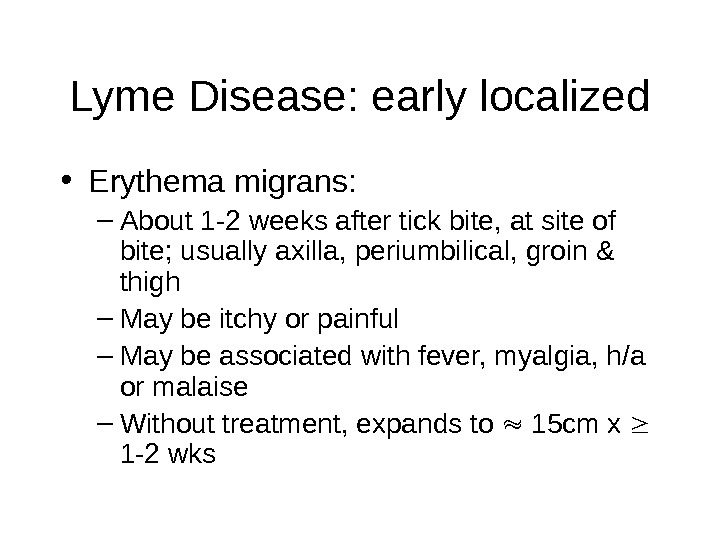
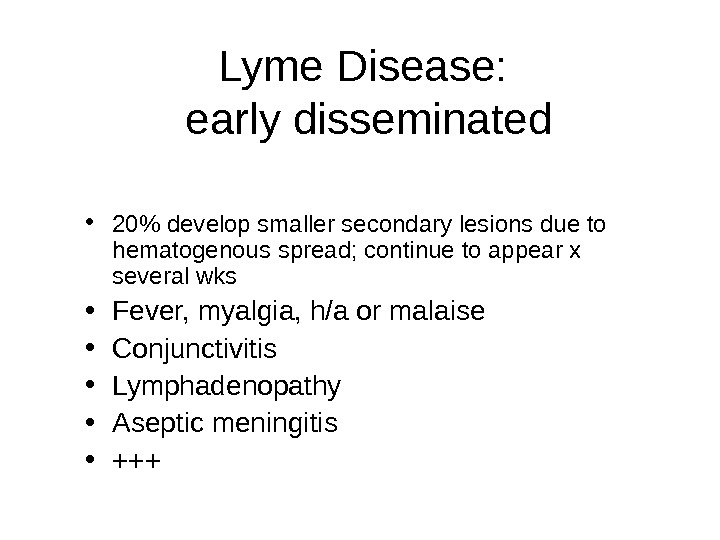
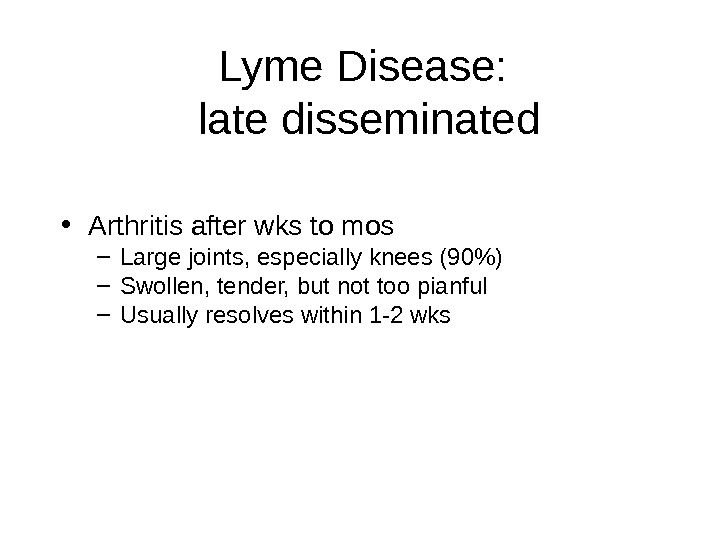
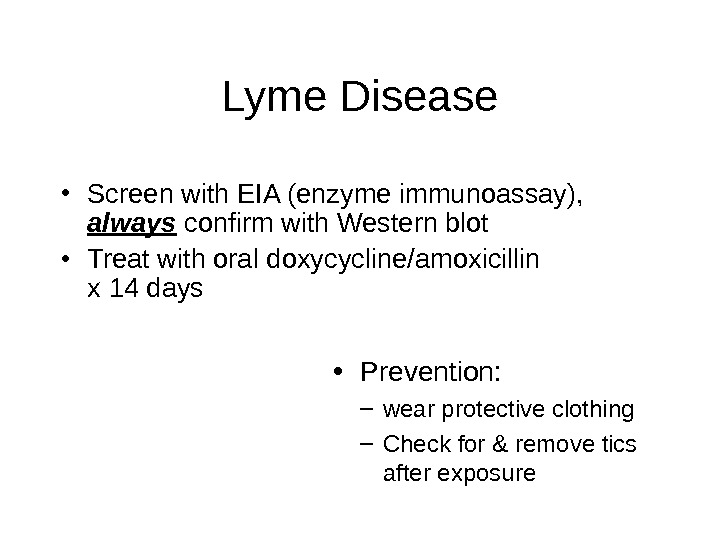

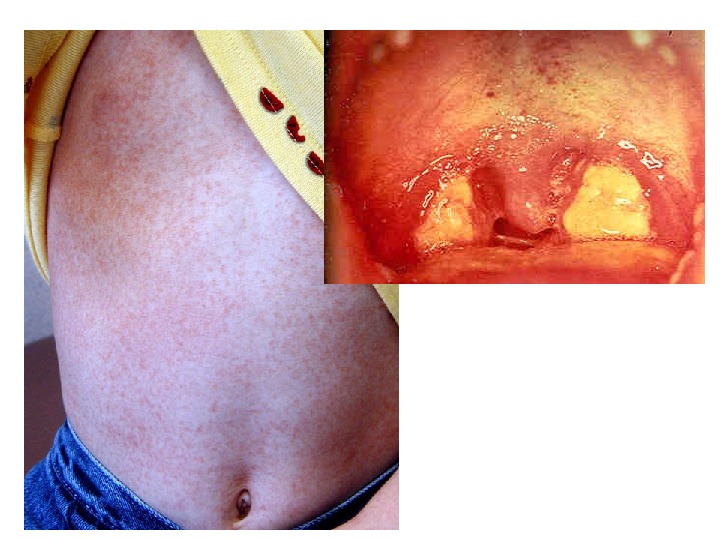
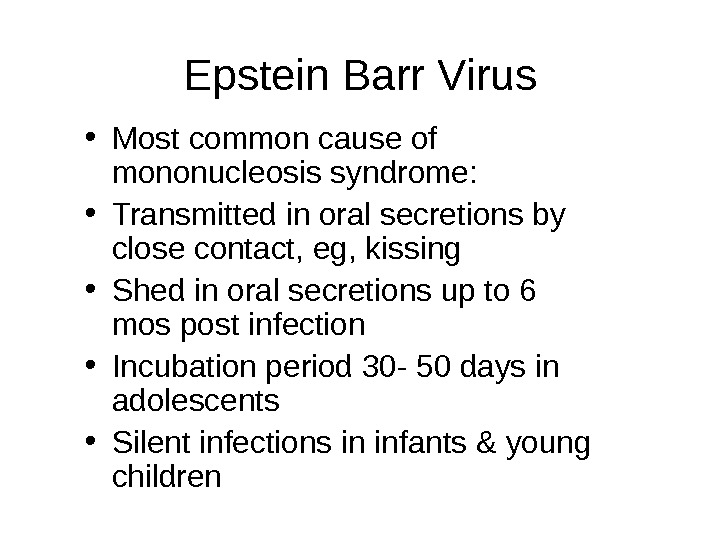
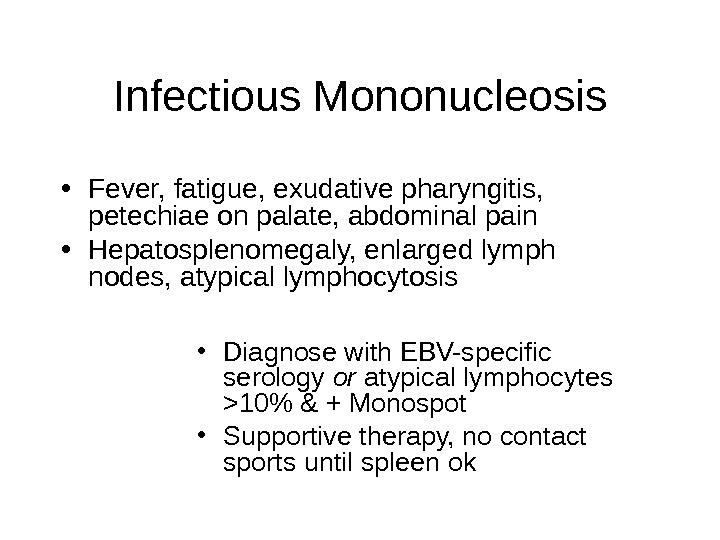


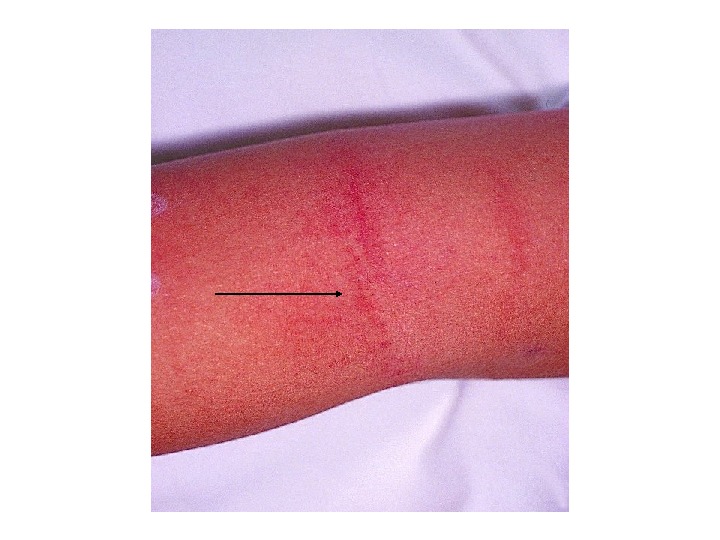
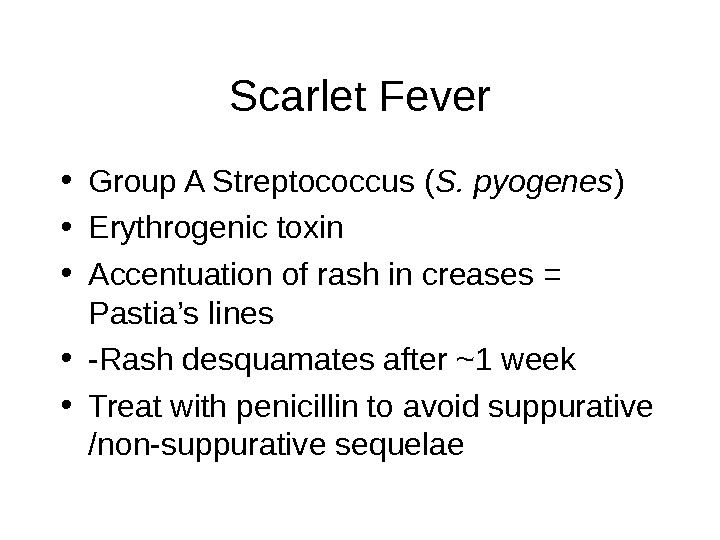
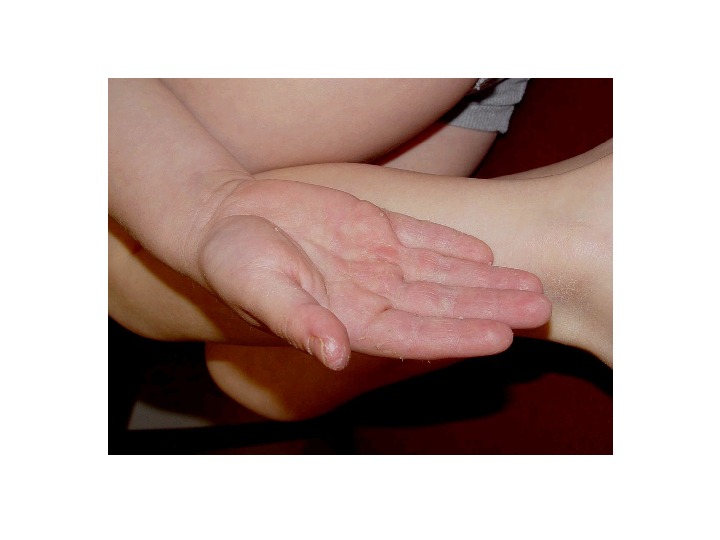

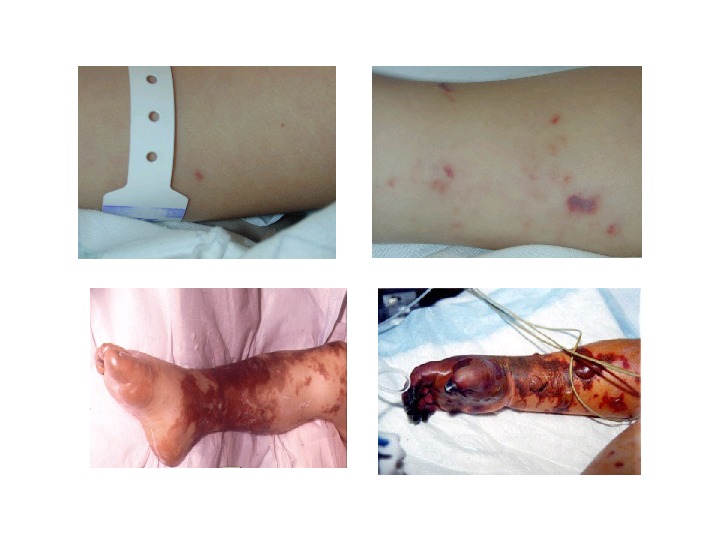
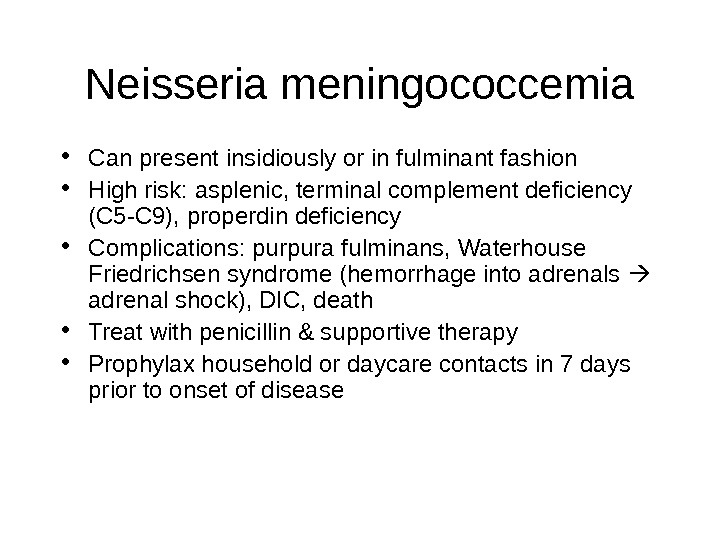

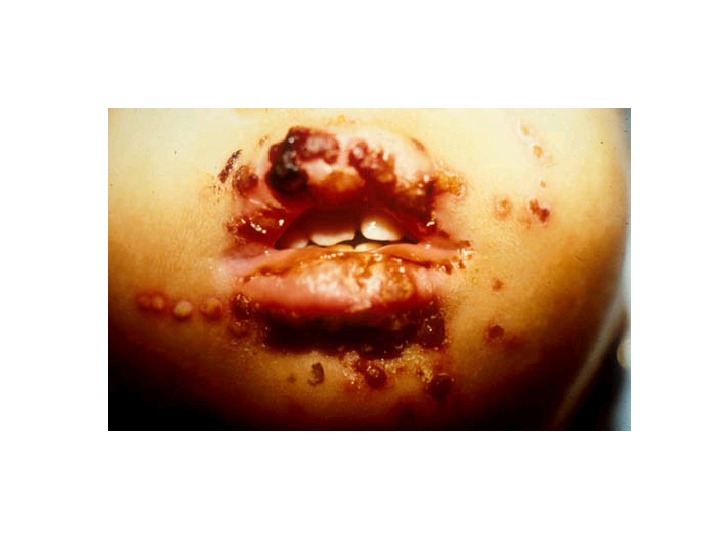
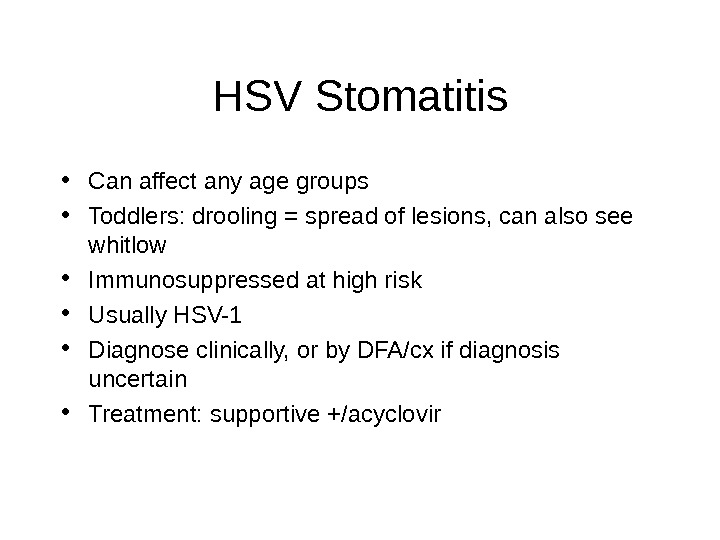
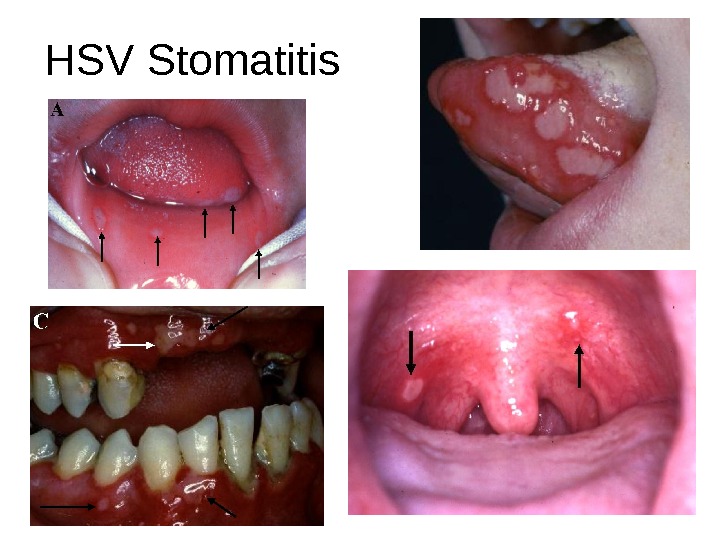
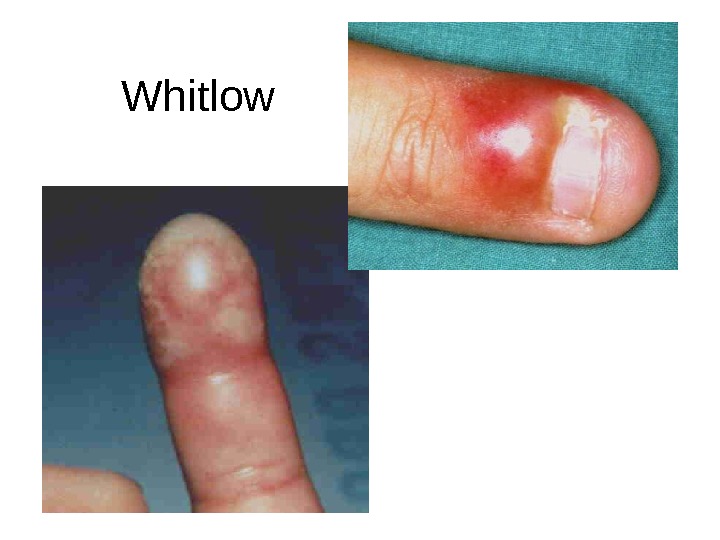
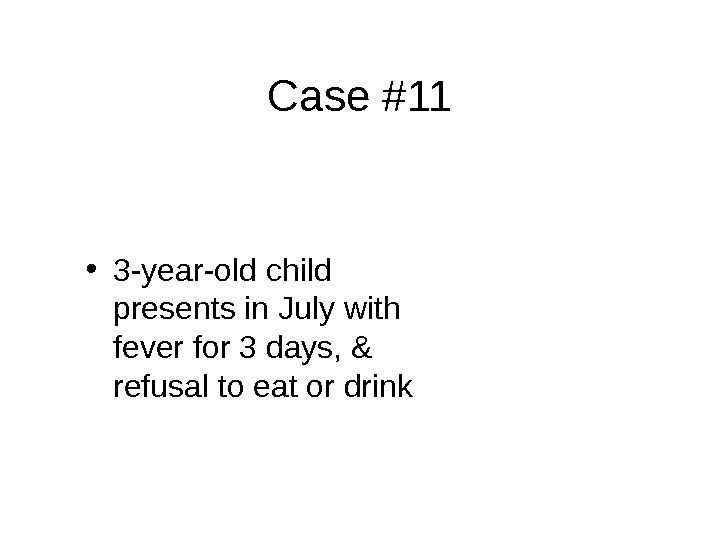

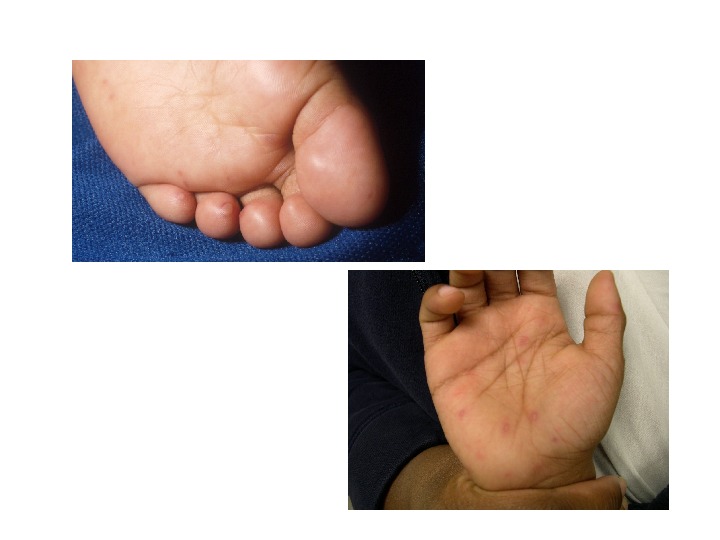
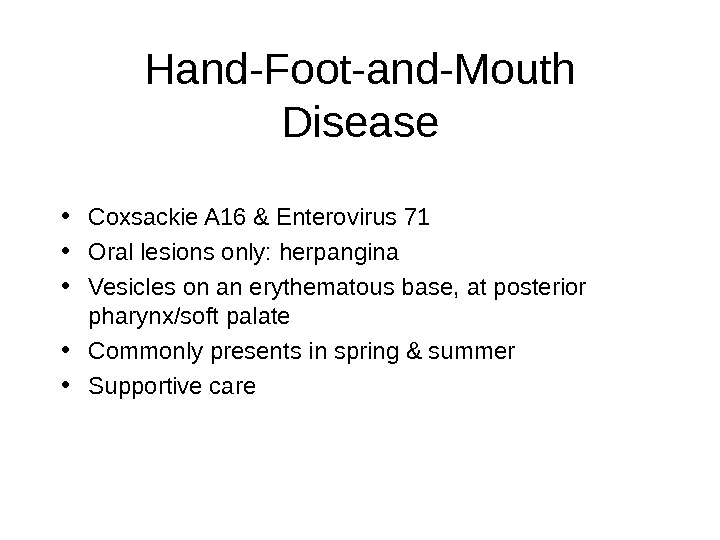

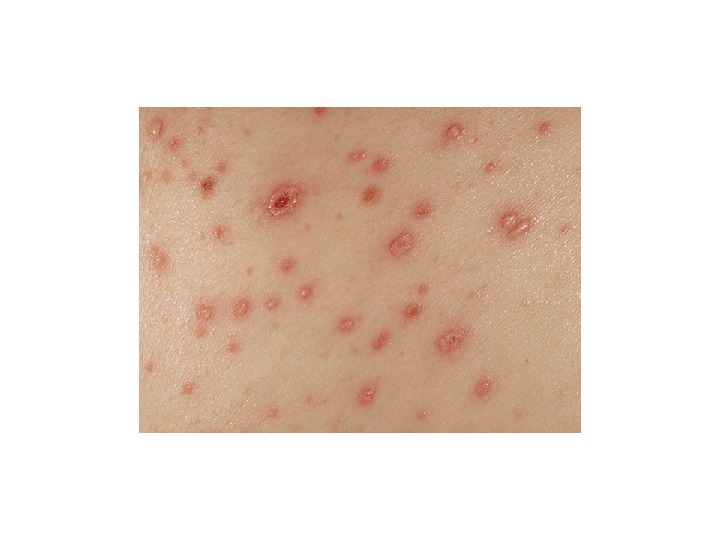
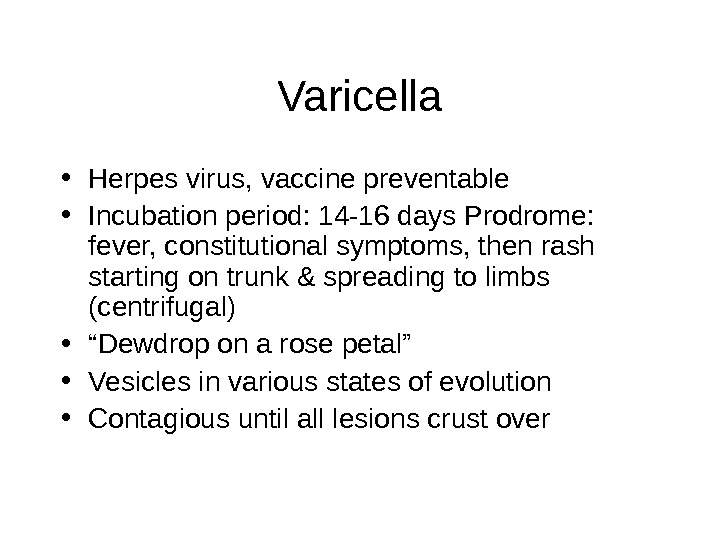
- Размер: 9.8 Mегабайта
- Количество слайдов: 70
Описание презентации Fever and Rash Marcellina Mian Professor of Pediatrics по слайдам
 Fever and Rash Marcellina Mian Professor of Pediatrics WCMCQ
Fever and Rash Marcellina Mian Professor of Pediatrics WCMCQ
 • Macule: discolored spot (often, but not necessarily red; often, but not necessarily round); blanches • Papule: raised spot • Maculopapular: a papule rising from a macule, often red • Petechia: pinpoint purple/red bruise; does NOT blanch, often in clusters • Ecchymosis: red/purple bruise, variable size & shape Definitions
• Macule: discolored spot (often, but not necessarily red; often, but not necessarily round); blanches • Papule: raised spot • Maculopapular: a papule rising from a macule, often red • Petechia: pinpoint purple/red bruise; does NOT blanch, often in clusters • Ecchymosis: red/purple bruise, variable size & shape Definitions
 Case #1 3 -year-old male with: – fever x several days – total body rash (red maculopapular) began 2 days after fever – cough, runny nose, & red eyes – irritability
Case #1 3 -year-old male with: – fever x several days – total body rash (red maculopapular) began 2 days after fever – cough, runny nose, & red eyes – irritability

 Maculopapular rash
Maculopapular rash
 Measles • “ Stepwise” high fever • Cough, coryza, and conjunctivitis • Rash (exanthem) starts on head & spreads to rest of body • Koplick spots (enanthem) prior to or at very beginning of rash • Complications: OM, diarrhea, encephalitis, pneumonia
Measles • “ Stepwise” high fever • Cough, coryza, and conjunctivitis • Rash (exanthem) starts on head & spreads to rest of body • Koplick spots (enanthem) prior to or at very beginning of rash • Complications: OM, diarrhea, encephalitis, pneumonia

 Koplick Spots
Koplick Spots
 Measles (Rubeola) • Highly contagious • Most deadly of all childhood rash/fever illnesses • Spread by droplets or direct contact with nasal or throat secretions of infected persons • Incubation period: 8 -12 days • Prevention: immunization (MMR) just past one year & before kindergarden
Measles (Rubeola) • Highly contagious • Most deadly of all childhood rash/fever illnesses • Spread by droplets or direct contact with nasal or throat secretions of infected persons • Incubation period: 8 -12 days • Prevention: immunization (MMR) just past one year & before kindergarden


 Case #2 13 -year-old male with: • fever x two days • generalized rash On PE: • Well & comfortable • Maculopapular rash • Postauricular lymphadenopathy
Case #2 13 -year-old male with: • fever x two days • generalized rash On PE: • Well & comfortable • Maculopapular rash • Postauricular lymphadenopathy

 Rubella (German Measles) • Low grade fever • Rash: – starts on face & spreads down body, clearing in same pattern – Light red spots, fainter than measles – Lasts 1 — 3 days • Mild illness, may be missed • Adults & adolescents may have arthritis or arthralgia • Complications: encephalitis, neuritis & in pregnancy Congenital Rubella Syndrome in baby
Rubella (German Measles) • Low grade fever • Rash: – starts on face & spreads down body, clearing in same pattern – Light red spots, fainter than measles – Lasts 1 — 3 days • Mild illness, may be missed • Adults & adolescents may have arthritis or arthralgia • Complications: encephalitis, neuritis & in pregnancy Congenital Rubella Syndrome in baby
 Congenital Rubella • Rash • Cataracts • CHD (PDA) • Blindness • Neurosensory deafness • Microcephaly & mental retardation
Congenital Rubella • Rash • Cataracts • CHD (PDA) • Blindness • Neurosensory deafness • Microcephaly & mental retardation
 Rubella • Droplet transmission • Incubation period: 2 — 3 weeks • Prevention: Vaccination (MMR)
Rubella • Droplet transmission • Incubation period: 2 — 3 weeks • Prevention: Vaccination (MMR)

 Case #3 • 15 -month-old presents with several days of fever, & rash that looks like this:
Case #3 • 15 -month-old presents with several days of fever, & rash that looks like this:

 Fifth Disease, Erythema Infectiosum • Parvovirus B 19 • Fever, malaise & headache may precede rash by up to 10 days • “ Slapped cheeks” and “lacy, reticular” rash over body that may itch • No longer infectious once rash develops • Virus may also cause polyarthropathy syndrome, aplastic crisis, or hydrops fetalis
Fifth Disease, Erythema Infectiosum • Parvovirus B 19 • Fever, malaise & headache may precede rash by up to 10 days • “ Slapped cheeks” and “lacy, reticular” rash over body that may itch • No longer infectious once rash develops • Virus may also cause polyarthropathy syndrome, aplastic crisis, or hydrops fetalis
 Hydrops Fetalis
Hydrops Fetalis
 Case #4 • 8 -month-old female with fever to 40 C for past 5 days • Baby does not look unwell • PE reveals no source of fever • U/A negative • WBC mildly elevated; mostly lymphocytes • D/C on acetaminophen • Next day mother calls to say baby has a rash
Case #4 • 8 -month-old female with fever to 40 C for past 5 days • Baby does not look unwell • PE reveals no source of fever • U/A negative • WBC mildly elevated; mostly lymphocytes • D/C on acetaminophen • Next day mother calls to say baby has a rash

 Roseola (Sixth disease, Exanthem subitum) • Peak incidence 6 -24 months • 20% of HHV-6 infections • Also HHV-7 • Self-limited disease: – 3 -7 days of fever – Rash follows defervescence • Febrile seizures in 10 -15% • Occasionally, bulging fontanelle & encephalopathy
Roseola (Sixth disease, Exanthem subitum) • Peak incidence 6 -24 months • 20% of HHV-6 infections • Also HHV-7 • Self-limited disease: – 3 -7 days of fever – Rash follows defervescence • Febrile seizures in 10 -15% • Occasionally, bulging fontanelle & encephalopathy
 Case #5 • 3 -year-old boy with fever & irritability x 6 days. • PE: – maculopapular rash – red eyes – strawberry tongue – cervical lymphadenopathy
Case #5 • 3 -year-old boy with fever & irritability x 6 days. • PE: – maculopapular rash – red eyes – strawberry tongue – cervical lymphadenopathy


 Scarlet Fever • Group A Strep • Generalized rash: – Sandpapery – Circumoral pallor – Pastia’s lines
Scarlet Fever • Group A Strep • Generalized rash: – Sandpapery – Circumoral pallor – Pastia’s lines
 Pastia’s lines Circumoral pallor
Pastia’s lines Circumoral pallor

 Kawasaki Syndrome Mucocutaneous Lymph Node Syndrome 3 phases: • Acute: 1 -2 wks, fever, etc • Subacute: 2 -4 wks – After acute signs • Convalescent: 6 -8 wks – about 4 th wk; when clinical signs disappear – Until ESR returns to normal
Kawasaki Syndrome Mucocutaneous Lymph Node Syndrome 3 phases: • Acute: 1 -2 wks, fever, etc • Subacute: 2 -4 wks – After acute signs • Convalescent: 6 -8 wks – about 4 th wk; when clinical signs disappear – Until ESR returns to normal
 Kawasaki Syndrome Mucocutaneous Lymph Node Syndrome Acute Phase: • Fever for at least 5 days (usually 1 -2 wks, may last 3 -4 wks) plus 4/5 of following criteria: • Rash (maculopapular, erythema multiforme or scarlatiniform; in groin area) • Lymphadenopathy (non suppurative, 1. 5 cm, usually unilateral) • Bulbar conjunctival injection • Mucosal changes (mouth & pharynx redness; perineal dequamation) • Extremity changes (hands & feet erythema & swelling)
Kawasaki Syndrome Mucocutaneous Lymph Node Syndrome Acute Phase: • Fever for at least 5 days (usually 1 -2 wks, may last 3 -4 wks) plus 4/5 of following criteria: • Rash (maculopapular, erythema multiforme or scarlatiniform; in groin area) • Lymphadenopathy (non suppurative, 1. 5 cm, usually unilateral) • Bulbar conjunctival injection • Mucosal changes (mouth & pharynx redness; perineal dequamation) • Extremity changes (hands & feet erythema & swelling)

 Kawasaki Syndrome: Subacute phase • Irritability, anorexia & conjunctival injection may persist • Periungual desquamation of fingers & toes • Thrombocytosis • Coronary aneurysms (greater risk with prolonged fever) • Greater risk of sudden death
Kawasaki Syndrome: Subacute phase • Irritability, anorexia & conjunctival injection may persist • Periungual desquamation of fingers & toes • Thrombocytosis • Coronary aneurysms (greater risk with prolonged fever) • Greater risk of sudden death

 Kawasaki Syndrome: Associated findings: acute phase reactants (APRs) • Thrombocytosis • Sterile pyuria • Elevated LFTs • Hydrops of gallbladder • Aseptic meningitis
Kawasaki Syndrome: Associated findings: acute phase reactants (APRs) • Thrombocytosis • Sterile pyuria • Elevated LFTs • Hydrops of gallbladder • Aseptic meningitis
 Kawasaki Syndrome: Coronary aneurysm • 20 — 25% of patients not treated within 10 days • High risk: male, Asian, 8 years, anemia, persistent fever after treatment • 1 — 4 weeks after onset of illness, uncommon after 6 weeks • Case fatality rate < 0. 01%, primarily from myocardial infarction
Kawasaki Syndrome: Coronary aneurysm • 20 — 25% of patients not treated within 10 days • High risk: male, Asian, 8 years, anemia, persistent fever after treatment • 1 — 4 weeks after onset of illness, uncommon after 6 weeks • Case fatality rate < 0. 01%, primarily from myocardial infarction

 Kawasaki Syndrome: Treatment • Intravenous Immune Globulin 2 g/kg x 1 • Aspirin: – 80 -100 mg/kg/day until fever x 14 day, then – 3 -5 mg/kg/day x ≥ 6 -8 weeks • Warfarin for hi risk patients • Follow echocardiograms • Need to re-treat in 5 -10%
Kawasaki Syndrome: Treatment • Intravenous Immune Globulin 2 g/kg x 1 • Aspirin: – 80 -100 mg/kg/day until fever x 14 day, then – 3 -5 mg/kg/day x ≥ 6 -8 weeks • Warfarin for hi risk patients • Follow echocardiograms • Need to re-treat in 5 -10%
 Case #6 • A 10 -year-old male presents in September, with fever & rash • Questions? • Tick-borne diseases in NY? Lyme disease in – US: southern New England & eastern Middle Atlantic states, less on Pacific coast – Europe: Scandinavia, Germany, Austria, Switzerland – 20 -100 cases/100, 000 pop’n in endemic areas
Case #6 • A 10 -year-old male presents in September, with fever & rash • Questions? • Tick-borne diseases in NY? Lyme disease in – US: southern New England & eastern Middle Atlantic states, less on Pacific coast – Europe: Scandinavia, Germany, Austria, Switzerland – 20 -100 cases/100, 000 pop’n in endemic areas
 Erythema chronicum migrans
Erythema chronicum migrans
 Lyme Disease • Borrelia burgdorferi transmitted by: • Ixodes tick – Ehrlichia, babesia
Lyme Disease • Borrelia burgdorferi transmitted by: • Ixodes tick – Ehrlichia, babesia
 Lyme Disease: early localized • Erythema migrans: – About 1 -2 weeks after tick bite, at site of bite; usually axilla, periumbilical, groin & thigh – May be itchy or painful – May be associated with fever, myalgia, h/a or malaise – Without treatment, expands to 15 cm x 1 -2 wks
Lyme Disease: early localized • Erythema migrans: – About 1 -2 weeks after tick bite, at site of bite; usually axilla, periumbilical, groin & thigh – May be itchy or painful – May be associated with fever, myalgia, h/a or malaise – Without treatment, expands to 15 cm x 1 -2 wks
 Lyme Disease: early disseminated • 20% develop smaller secondary lesions due to hematogenous spread; continue to appear x several wks • Fever, myalgia, h/a or malaise • Conjunctivitis • Lymphadenopathy • Aseptic meningitis • +++
Lyme Disease: early disseminated • 20% develop smaller secondary lesions due to hematogenous spread; continue to appear x several wks • Fever, myalgia, h/a or malaise • Conjunctivitis • Lymphadenopathy • Aseptic meningitis • +++
 Lyme Disease: late disseminated • Arthritis after wks to mos – Large joints, especially knees (90%) – Swollen, tender, but not too pianful – Usually resolves within 1 -2 wks
Lyme Disease: late disseminated • Arthritis after wks to mos – Large joints, especially knees (90%) – Swollen, tender, but not too pianful – Usually resolves within 1 -2 wks
 Lyme Disease • Screen with EIA (enzyme immunoassay), always confirm with Western blot • Treat with oral doxycycline/amoxicillin x 14 days • Prevention: – wear protective clothing – Check for & remove tics after exposure
Lyme Disease • Screen with EIA (enzyme immunoassay), always confirm with Western blot • Treat with oral doxycycline/amoxicillin x 14 days • Prevention: – wear protective clothing – Check for & remove tics after exposure
 Case #7 • 14 -year-old male presents with one week history of fever & throat pain • Seen by PMD yesterday & prescribed amoxicillin for presumed streptococcal pharyngitis (throat culture pending) • Referred for evaluation of possible amoxicillin allergy
Case #7 • 14 -year-old male presents with one week history of fever & throat pain • Seen by PMD yesterday & prescribed amoxicillin for presumed streptococcal pharyngitis (throat culture pending) • Referred for evaluation of possible amoxicillin allergy

 Epstein Barr Virus • Most common cause of mononucleosis syndrome: • Transmitted in oral secretions by close contact, eg, kissing • Shed in oral secretions up to 6 mos post infection • Incubation period 30 — 50 days in adolescents • Silent infections in infants & young children
Epstein Barr Virus • Most common cause of mononucleosis syndrome: • Transmitted in oral secretions by close contact, eg, kissing • Shed in oral secretions up to 6 mos post infection • Incubation period 30 — 50 days in adolescents • Silent infections in infants & young children
 Infectious Mononucleosis • Fever, fatigue, exudative pharyngitis, petechiae on palate, abdominal pain • Hepatosplenomegaly, enlarged lymph nodes, atypical lymphocytosis • Diagnose with EBV-specific serology or atypical lymphocytes >10% & + Monospot • Supportive therapy, no contact sports until spleen ok
Infectious Mononucleosis • Fever, fatigue, exudative pharyngitis, petechiae on palate, abdominal pain • Hepatosplenomegaly, enlarged lymph nodes, atypical lymphocytosis • Diagnose with EBV-specific serology or atypical lymphocytes >10% & + Monospot • Supportive therapy, no contact sports until spleen ok
 Case #8 • 4 -year-old child with fever, sore throat & rash x 3 days • PE significant for red, painful, sandpaper-y rash over body; perioral pallor & strawberry tongue
Case #8 • 4 -year-old child with fever, sore throat & rash x 3 days • PE significant for red, painful, sandpaper-y rash over body; perioral pallor & strawberry tongue


 Scarlet Fever • Group A Streptococcus ( S. pyogenes ) • Erythrogenic toxin • Accentuation of rash in creases = Pastia’s lines • -Rash desquamates after ~1 week • Treat with penicillin to avoid suppurative /non-suppurative sequelae
Scarlet Fever • Group A Streptococcus ( S. pyogenes ) • Erythrogenic toxin • Accentuation of rash in creases = Pastia’s lines • -Rash desquamates after ~1 week • Treat with penicillin to avoid suppurative /non-suppurative sequelae

 Case #9 • 18 -month-old girl presents with fever & rash for last 12 hours • On initial PE, she is febrile & cranky, but otherwise appears stable • While awaiting results of CBC in ER, rash progresses, & she becomes progressively obtunded
Case #9 • 18 -month-old girl presents with fever & rash for last 12 hours • On initial PE, she is febrile & cranky, but otherwise appears stable • While awaiting results of CBC in ER, rash progresses, & she becomes progressively obtunded

 Neisseria meningococcemia • Can present insidiously or in fulminant fashion • High risk: asplenic, terminal complement deficiency (C 5 -C 9), properdin deficiency • Complications: purpura fulminans, Waterhouse Friedrichsen syndrome (hemorrhage into adrenals adrenal shock), DIC, death • Treat with penicillin & supportive therapy • Prophylax household or daycare contacts in 7 days prior to onset of disease
Neisseria meningococcemia • Can present insidiously or in fulminant fashion • High risk: asplenic, terminal complement deficiency (C 5 -C 9), properdin deficiency • Complications: purpura fulminans, Waterhouse Friedrichsen syndrome (hemorrhage into adrenals adrenal shock), DIC, death • Treat with penicillin & supportive therapy • Prophylax household or daycare contacts in 7 days prior to onset of disease
 Case #10 • 2 -year-old male with rash to face & fever for three days. Rash worsening since onset. • Has had this rash before.
Case #10 • 2 -year-old male with rash to face & fever for three days. Rash worsening since onset. • Has had this rash before.

 HSV Stomatitis • Can affect any age groups • Toddlers: drooling = spread of lesions, can also see whitlow • Immunosuppressed at high risk • Usually HSV-1 • Diagnose clinically, or by DFA/cx if diagnosis uncertain • Treatment: supportive +/acyclovir
HSV Stomatitis • Can affect any age groups • Toddlers: drooling = spread of lesions, can also see whitlow • Immunosuppressed at high risk • Usually HSV-1 • Diagnose clinically, or by DFA/cx if diagnosis uncertain • Treatment: supportive +/acyclovir
 HSV Stomatitis
HSV Stomatitis
 Whitlow
Whitlow
 Case #11 • 3 -year-old child presents in July with fever for 3 days, & refusal to eat or drink
Case #11 • 3 -year-old child presents in July with fever for 3 days, & refusal to eat or drink


 Hand-Foot-and-Mouth Disease • Coxsackie A 16 & Enterovirus 71 • Oral lesions only: herpangina • Vesicles on an erythematous base, at posterior pharynx/soft palate • Commonly presents in spring & summer • Supportive care
Hand-Foot-and-Mouth Disease • Coxsackie A 16 & Enterovirus 71 • Oral lesions only: herpangina • Vesicles on an erythematous base, at posterior pharynx/soft palate • Commonly presents in spring & summer • Supportive care
 Case #12 • 2 -year-old child presents with fever four days & rash for two days. • His father, who is visiting from Mexico to harvest strawberries, brought him to a walk-in clinic.
Case #12 • 2 -year-old child presents with fever four days & rash for two days. • His father, who is visiting from Mexico to harvest strawberries, brought him to a walk-in clinic.

 Varicella • Herpes virus, vaccine preventable • Incubation period: 14 -16 days Prodrome: fever, constitutional symptoms, then rash starting on trunk & spreading to limbs (centrifugal) • “ Dewdrop on a rose petal” • Vesicles in various states of evolution • Contagious until all lesions crust over
Varicella • Herpes virus, vaccine preventable • Incubation period: 14 -16 days Prodrome: fever, constitutional symptoms, then rash starting on trunk & spreading to limbs (centrifugal) • “ Dewdrop on a rose petal” • Vesicles in various states of evolution • Contagious until all lesions crust over

